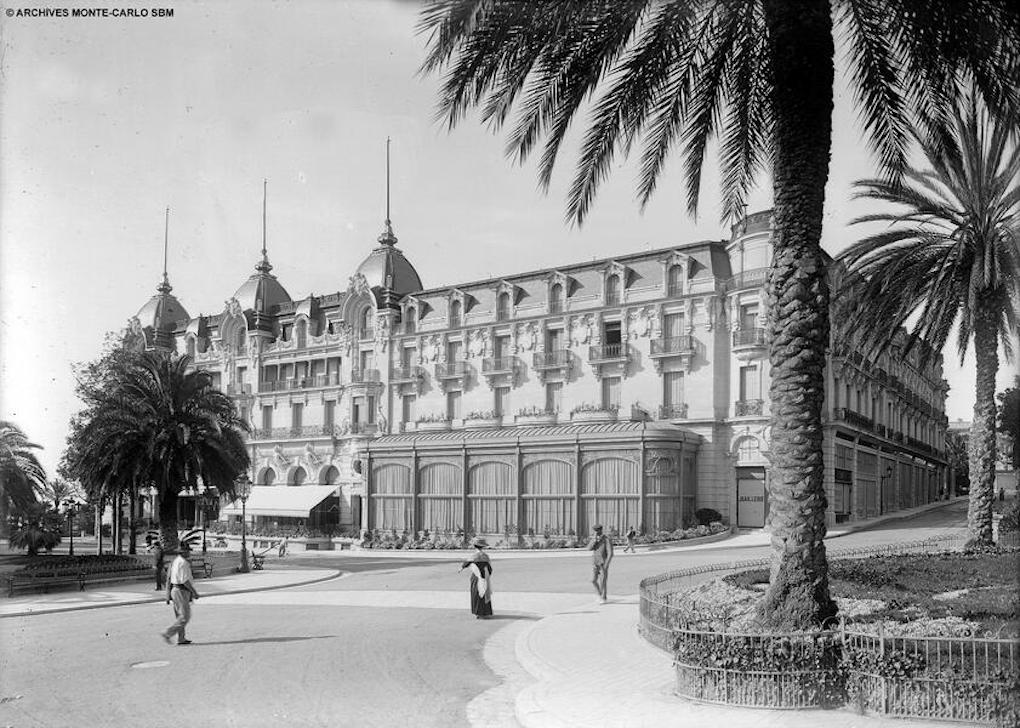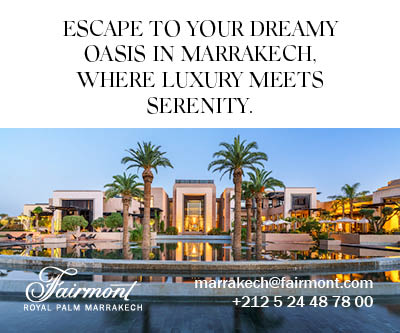Monaco’s most beautiful historic hotels

These are not just hotels. The buildings are also steeped in history!
A prime tourist destination, Monaco has many hotels to accommodate guests from all over the world. Three of these palaces have a rich historical heritage and are located in the heart of Monte-Carlo.
1. L’Hôtel Hermitage Monte-Carlo
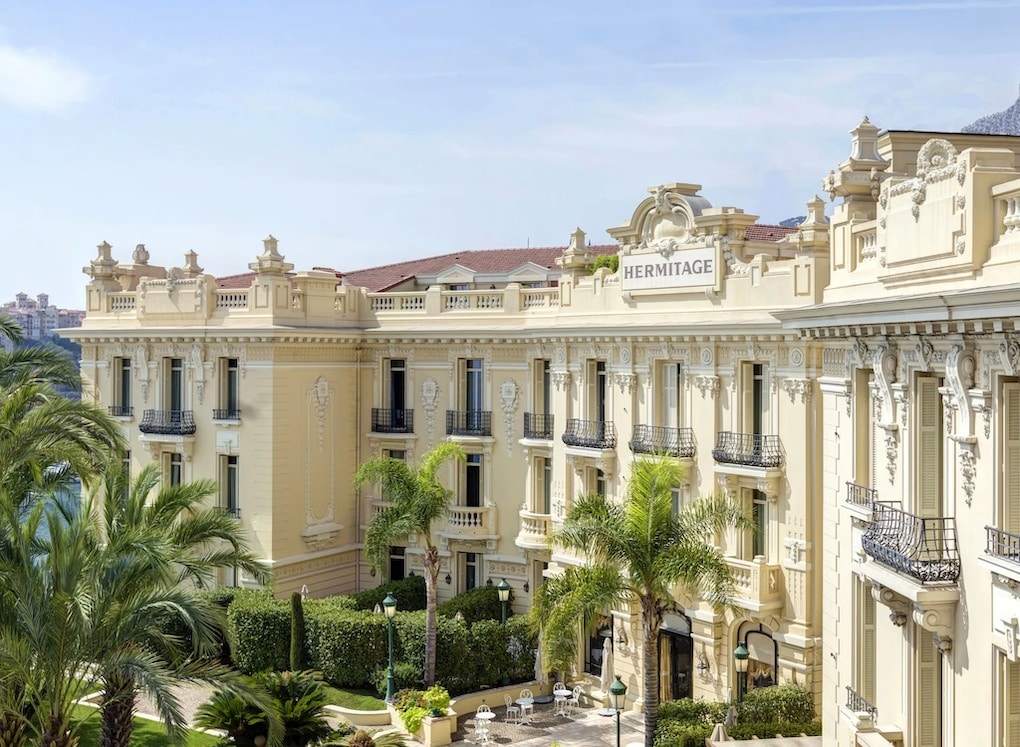
A Belle-Époque gem, the Hôtel Hermitage was built in 1896, after six years’ building work overseen by Monegasque architect Nicolas Marquet, with the assistance of the famous Gustave Eiffel, to whom we owe the cupola in the Winter Garden. In 1928, the Monte-Carlo Société des Bains de Mer acquired the palace, which today boasts five stars and a heritage-listed reception area.
With its very many suites, including the exceptional Diamond Suite – Presidential and Diamond Suite – Princely, and its Michelin-starred Pavyllon restaurant by Yannick Alléno, the Hôtel Hermitage is one of the most prestigious luxury hotels in the world, and has catered for its fair share of business leaders and celebrities.
The establishment has also won several awards, in particular for its environmental efforts. In 2019, the hotel even received “Green Globe” certification, attesting to its environmentally responsible initiatives, for example thanks to the introduction of waste collection and sorting throughout the establishment, the acquisition of beehives in the Var, and the creation of a 400m2 vegetable garden in Beausoleil to supply the restaurant.
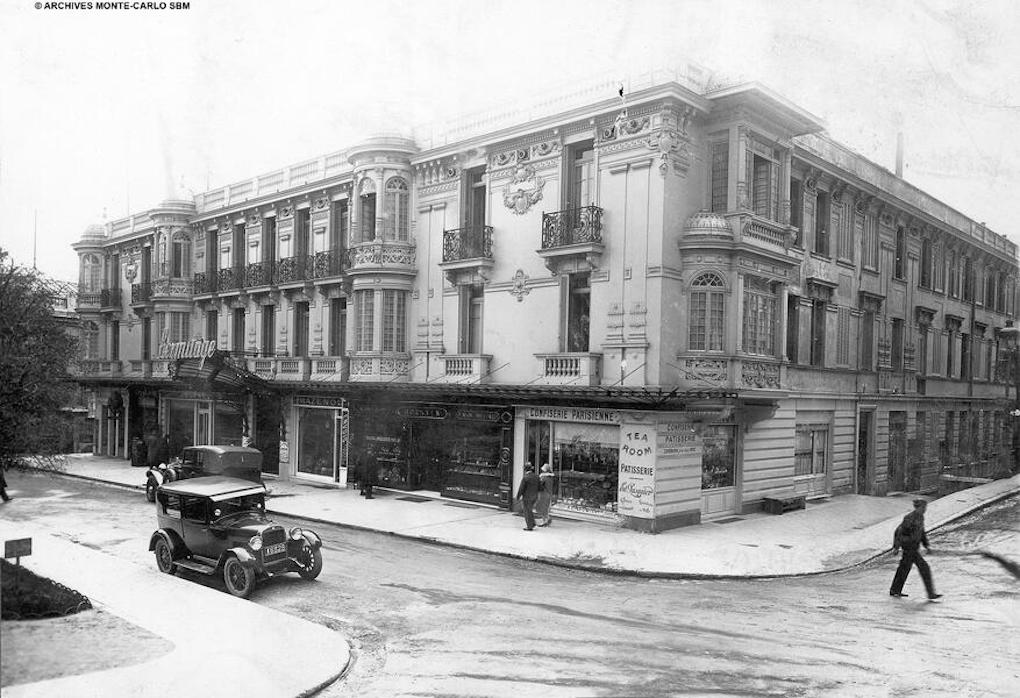
2. L’Hôtel Métropole Monte-Carlo

The second emblematic hotel in Monaco, and more generally in Monte-Carlo, is the Hôtel Métropole, located right next to the Shopping Centre of the same name. The five-star hotel was built in 1886 by the Monte-Carlo Hotel Company Ltd, on land that once belonged to Pope Leo XIII. The architect responsible for building the hotel was Hans-Georg Tersling, a Dane who also designed the Villa Cyrnos, the Russian-Orthodox church in Menton and the Musée Masséna.
The luxury hotel, also built in the Belle-Époque style, was bought in the 1980s by Lebanese property developer Nabil Boustany. After major renovations, the hotel was renamed Métropole Palace before becoming the Hôtel Métropole Monte-Carlo in 2004.
With its exceptional suites, designed by interior architect Jacques Garcia, its Métropole by Givenchy spa, its Odyssey area with swimming pool, designed by Karl Lagerfeld, and its Yoshi restaurant, the only Michelin-starred Japanese restaurant on the Côte d’Azur, the hotel has just considerably enhanced its offering, with Les Ambassadeurs by Christophe Cussac replacing Joël Robuchon’s former restaurant. Also very focused on respect for the environment, the hotel was voted “World’s Most Environmentally-friendly Hotel” in 2021.
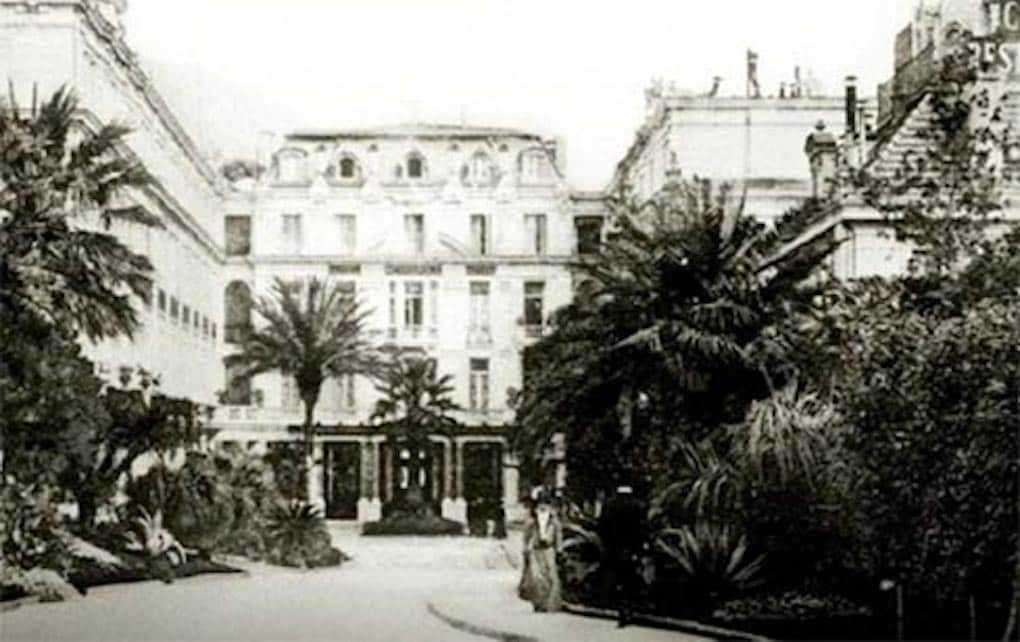
3. L’Hôtel de Paris Monte-Carlo
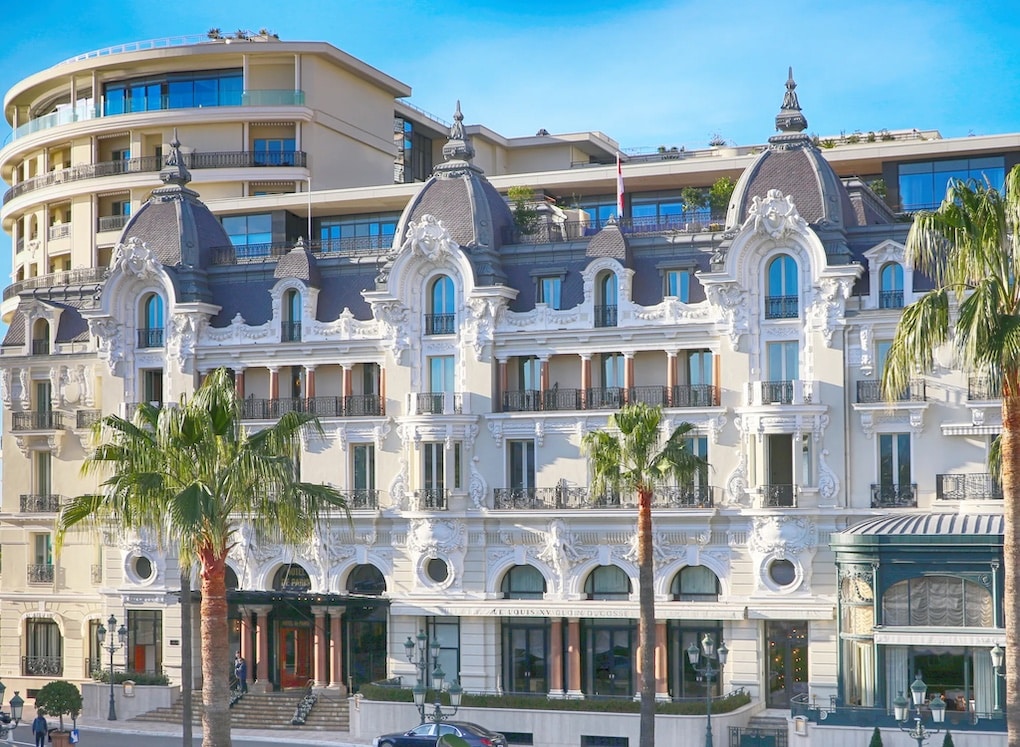
The final flagship of the Belle-Époque hotels, the Hôtel de Paris was founded and inaugurated in 1864. It was built on the Place du Casino, in line with plans by the French architect Godinot de la Bretonnerie. The hotel was soon joined by the famous Café de Paris, the Casino de Monte-Carlo and the Opéra de Monte-Carlo, to form the true heart of Monte-Carlo.
Frequently renovated, particularly in the early and mid-twentieth century, the hotel underwent an in-depth refurbishment in 2018, requiring four years of work. It was an opportunity for the Palace to provide two new suites decorated with furniture from the Prince’s Palace: the Prince Rainier III Diamond Suite, on the roof, and the Princess Grace Diamond Suite. In case you’re wondering, an overnight stay in one of them costs between €30,000 and €45,000.
The hotel also boasts three restaurants, including the Louis XV-Alain Ducasse (Monaco’s first Michelin-starred restaurant, with three Michelin stars since 1990), and the Grill (one star), as well as a huge private cellar of 200,000m2 containing 550,000 bottles, a 6,000m2 spa and a swimming pool. The five-star palace is also known for the superb statue of King Louis XIV on horseback in the entrance hall. Legend has it that rubbing the horse’s polished hoof brings good luck to casino players.
